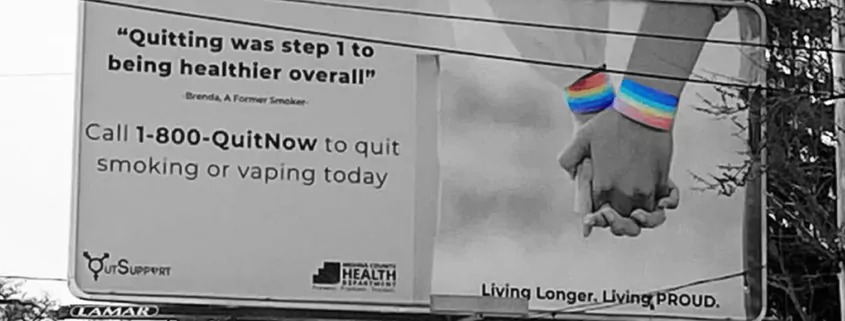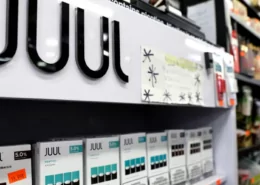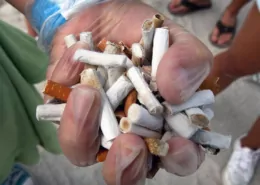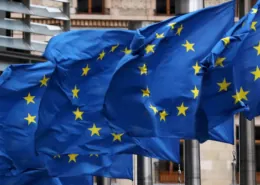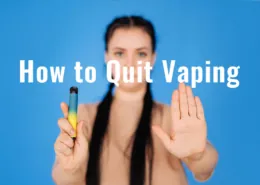Breaking Big Tobacco’s Grip: Local Orgs Help LGBTQ+ Community Quit Smoking
Smoking is a significant health issue that affects many communities, but the LGBTQ+ population faces unique challenges and higher smoking rates compared to the general population. To understand why this disparity exists and what can be done about it, let’s take a closer look at the historical targeting of the LGBTQ+ community by the tobacco industry and the innovative partnership between the Medina County Health Department (MCHD) and OutSupport to help LGBTQ+ individuals quit smoking.
The Tobacco Industry’s Troubling History of Targeting the LGBTQ+ Community
To understand the current situation, it’s important to understand the historical context of how the tobacco industry has specifically targeted the LGBTQ+ community. In the mid-1990s, RJ Reynolds, one of the largest tobacco companies, launched an initiative in San Francisco that they internally labeled “Project Scum.” This project aimed to market cigarettes directly to the LGBTQ+ community by sponsoring Pride events and other LGBTQ+-focused activities.
You might be wondering, why would the tobacco industry single out the LGBTQ+ community in this way? The answer lies in the concept of targeted marketing. By identifying a specific group that may be more likely to smoke or more receptive to their messaging, tobacco companies can focus their advertising efforts to maximize their profits. In this case, the LGBTQ+ community was seen as a potential market to exploit.
The Disproportionate Impact of Smoking on the LGBTQ+ Community
The consequences of this targeted marketing are evident in the disproportionately high smoking rates among LGBTQ+ individuals. While the overall smoking rate among US adults is around 11%, the rate for the LGBTQ+ community is 15%, and for transgender individuals, it can be as high as 35%.
To put these numbers into perspective, imagine a room filled with 100 people from the general population. In that room, you would expect to find about 11 smokers. Now, imagine a room filled with 100 LGBTQ+ individuals. In that room, you would find 15 smokers, and if the room were filled with 100 transgender individuals, you might find up to 35 smokers.
These higher smoking rates can be attributed to various factors, including the stress and discrimination faced by LGBTQ+ individuals, as well as the targeted marketing efforts of the tobacco industry.
Breaking Free: The Partnership Between MCHD and OutSupport
To address this issue and help LGBTQ+ individuals quit smoking, the Medina County Health Department (MCHD) and OutSupport have formed a unique partnership. OutSupport is an organization that provides legal, spiritual, and addiction resources for LGBTQ+ people in the area between Cleveland and Akron.
The partnership focuses on delivering smoking cessation resources directly to the LGBTQ+ community. By attending Pride events, distributing resources, and engaging in conversations with attendees, MCHD and OutSupport are working to empower LGBTQ+ smokers to quit when they’re ready.
One key aspect of this partnership is the use of LGBTQ+-inclusive messaging and representation in their outreach efforts. For example, they have sponsored billboard advertisements featuring LGBTQ+ individuals. This representation is crucial because it helps LGBTQ+ people see themselves reflected in the media and increases the likelihood that they will be aware of and access these resources.
Another important element of this partnership is the gathering of data and feedback from the LGBTQ+ community to better understand their specific needs and challenges. By partnering with OutSupport and other LGBTQ+-serving organizations, MCHD can more effectively distribute resources and tailor their messaging to resonate with the community.
The Importance of Inclusive Outreach and Representation
The impact of this partnership extends beyond just helping individual smokers quit. As GLAAD President and CEO Sarah Kate Ellis explains, inclusive ad campaigns have a “double benefit.” Not only do they increase the chance that LGBTQ+ individuals will access these resources, but they also send a powerful message to non-LGBTQ+ people that the LGBTQ+ community is present in every community and deserves health and happiness just like everyone else.
This visibility and representation are crucial in breaking down stigmas and promoting understanding and acceptance. When LGBTQ+ youth see these messages, it can help them feel supported and empowered to make healthier choices.
Looking Forward: Continued Efforts and Expanded Resources
The partnership between MCHD and OutSupport is committed to continuing their efforts for at least the next two years. They are currently developing “quit kits” and window clings with information about the Ohio Tobacco Quit Line to provide additional resources and support for those looking to quit smoking.
As Sandy Varndell, the co-founder of OutSupport, states, “Living longer, living proud – that’s what we’re all about. And empowering people to live their healthiest, most thriving version of their lives.”
By understanding the historical targeting of the LGBTQ+ community by the tobacco industry and the disproportionate impact of smoking on this population, we can better appreciate the importance of targeted, inclusive outreach efforts like those being undertaken by MCHD and OutSupport. Through continued partnerships, representation, and support, we can work towards a future where all individuals, regardless of their sexual orientation or gender identity, have the resources and empowerment to live their healthiest lives.
- South Korea Bans E-Cigarette Vending Machines Near Schools - July 26, 2025
- Indonesian Vape Producers Urge Government to Lower Excise Taxes - July 26, 2025
- Kyrgyzstan Cigarette Prices Surge 66.7% Since 2021 - July 26, 2025
